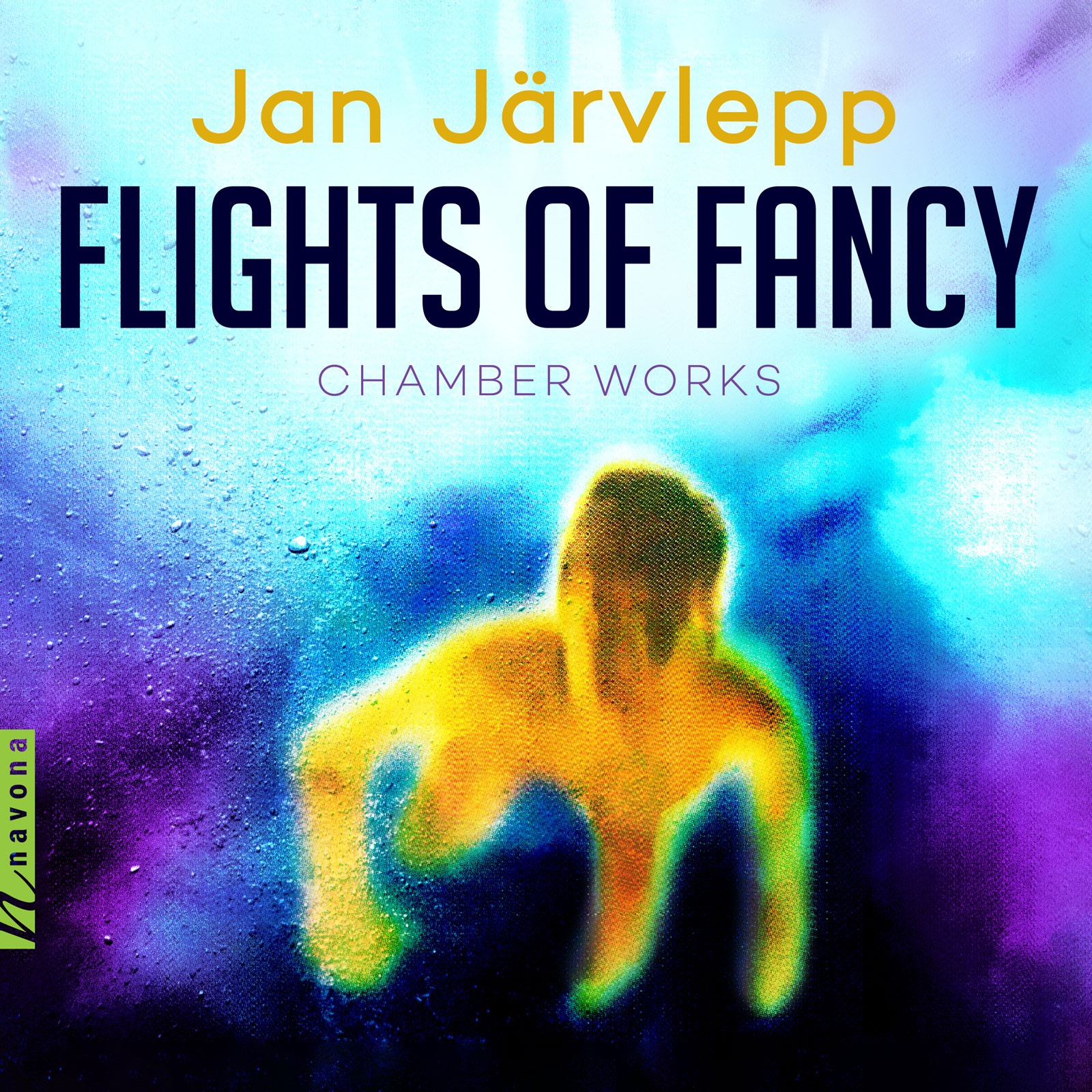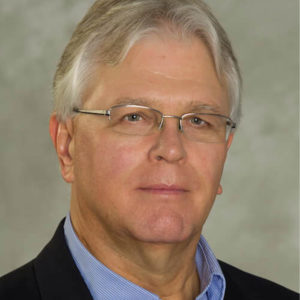
Share Album:
Flights of Fancy
Jan Järvlepp composer
Composer Jan Järvlepp’s FLIGHTS OF FANCY is available now through Navona Records. Fusing European and American musical traditions, the album pairs the excitement of rock and jazz rhythms with classical orchestral and chamber music forms.
Turning his back on the avant-garde 20th century modernism he was trained in at the University of California, San Diego, Järvlepp’s focus has shifted to a postmodern, popular-music influenced style borrowing from a variety of cultures’ traditional music. Pierrot Solaire opens the album with an unusual combination of flute, violin, bass, percussion, and piano. Harnessing the early 20th century angst of Schoenberg’s Pierrot Lunaire, Järvlepp set out to compose a piece that was the mirror opposite of Schoenberg’s; teasingly subtitled “an antidote for anxiety-filled old German music,” the piece recombines popular and folk music to create a lively, energetic, and highly rhythmic piece. Trio. No. 2 captures the unique and often-neglected timbre of the piccolo playing in its lower register. Combined with rapidly bowed string harmonics, the piece is developed into three “flights of fancy”— Järvlepp’s term for flamboyant piccolo solos. The three movements place the piccolo in different musical contexts; the second movement features plucked cello and lyrical viola melodies, while the third takes on an aggressive rock music attitude. Tarantella marries contemporary popular music styles with a baroque tarantella. In keeping with postmodernism’s approach of reimagining historical tradition rather than discarding it, this piece features previously unheard combinations of the old and the new. Overture was composed in 1999 as a Laidlaw Foundation commission for the Ayorama Wind Quintet. Taking cues from the grandeur of Beethoven, Järvlepp employs loud, dramatic chords and memorable melodic phrases to create something wholly his own.
FLIGHTS OF FANCY presents an exciting opportunity for those who find centuries-old classical music alienating but 20th century modern music inaccessible. Full of unique timbres and innovative arrangements, this newest album from Järvlepp offers a scintillating array of sounds and hybrid forms for music lovers to discover.
Listen
Stream/Buy
Choose your platform
Track Listing & Credits
| # | Title | Composer | Performer | |
|---|---|---|---|---|
| 01 | Pierrot Solaire | Jan Järvlepp | Sara Louise Seck, flute; Mark Friedman, violin; Tracy Mortimore, double bass; Ken Simpson, percussion; Parvaneh Eshghi, piano | 13:38 |
| 02 | Saxophone Quartet: I. Cadillac | Jan Järvlepp | Saxart | Jean-Guy Brault, soprano saxophone; Noël Samyn, alto saxophone; René Lavoie, tenor saxophone; Peter Smith baritone, saxophone | 5:19 |
| 03 | Saxophone Quartet: II. Reaching | Jan Järvlepp | Saxart | Jean-Guy Brault, soprano saxophone; Noël Samyn, alto saxophone; René Lavoie, tenor saxophone; Peter Smith baritone, saxophone | 5:13 |
| 04 | Saxophone Quartet: III. Jig | Jan Järvlepp | Saxart | Jean-Guy Brault, soprano saxophone; Noël Samyn, alto saxophone; René Lavoie, tenor saxophone; Peter Smith baritone, saxophone | 3:18 |
| 05 | Trio No. 2: I. Flights of Fancy | Jan Järvlepp | Pascale Margely, piccolo; Kevin James, viola; Jan Järvlepp, cello | 4:08 |
| 06 | Trio No. 2: II. Romance | Jan Järvlepp | Pascale Margely, piccolo; Kevin James, viola; Jan Järvlepp, cello | 9:07 |
| 07 | Trio No. 2: III. Perpetuum Mobile | Jan Järvlepp | Pascale Margely, piccolo; Kevin James, viola; Jan Järvlepp, cello | 6:19 |
| 08 | Tarantella | Jan Järvlepp | Mark Friedman, electric violin; Jan Järvlepp, electric guitar | 3:18 |
| 09 | Robot Dance | Jan Järvlepp | Sara Louise Seck, flute; Tracy Mortimore, double bass | 9:08 |
| 10 | Overture | Jan Järvlepp | Ayorama Wind Quintet | Jean-Guy Brault, flute; Angela Casagrande, oboe | 8:21 |
All tracks produced by Jan Järvlepp
PIERROT SOLAIRE
Recorded July 17, 1996 at Marc Productions in Ottawa ON, Canada
Recording Session Engineer Michel Renaud
Edited and mixed at Michel Renaud’s personal studio by Jan Järvlepp
SAXOPHONE QUARTET
Recorded July 9, 1999 at salle Fernand-Graton in Gatineau QC, Canada
TRIO NO. 2
Recorded March 19, 2000 at salle Fernand-Graton in Gatineau QC, Canada
TARANTELLA
Recorded June 16, 1998 at the composer’s personal studio in Ottawa ON, Canada
ROBOT DANCE
Recorded March 15, 1996 at Kanata United Church in Kanata ON, Canada
OVERTURE
Recorded July 23, 1999 at Perez Hall in Ottawa ON, Canada
Above water photography Phillip Mirsky
Underwater photography John Winiarz
Original cover design Stephanie A. Smith
Flights of Fancy was originally released in Canada in 2000 on the independent label J&W Records
Executive Producer Bob Lord
Executive A&R Sam Renshaw
A&R Director Brandon MacNeil
VP, Audio Production Jeff LeRoy
Audio Director Lucas Paquette
Mastering Shaun Michaud
VP, Design & Marketing Brett Picknell
Art Director Ryan Harrison
Design Edward A. Fleming
Publicity Patrick Niland, Sara Warner
Artist Information

Jan Järvlepp
Composer Jan Järvlepp creates a genuine European/American musical fusion by combining the excitement of rock and jazz rhythms with the large-scale classical structures found in orchestral and chamber music. The seriousness of his well-thought-out forms and the immediacy of contemporary rhythmic and melodic ideas make a potent brew that is appealing to both open-minded classical listeners and pop music listeners who are searching for something new.
Notes

Kevin James, Pascale Margely, Jan Järvlepp, Angela Casagrande
